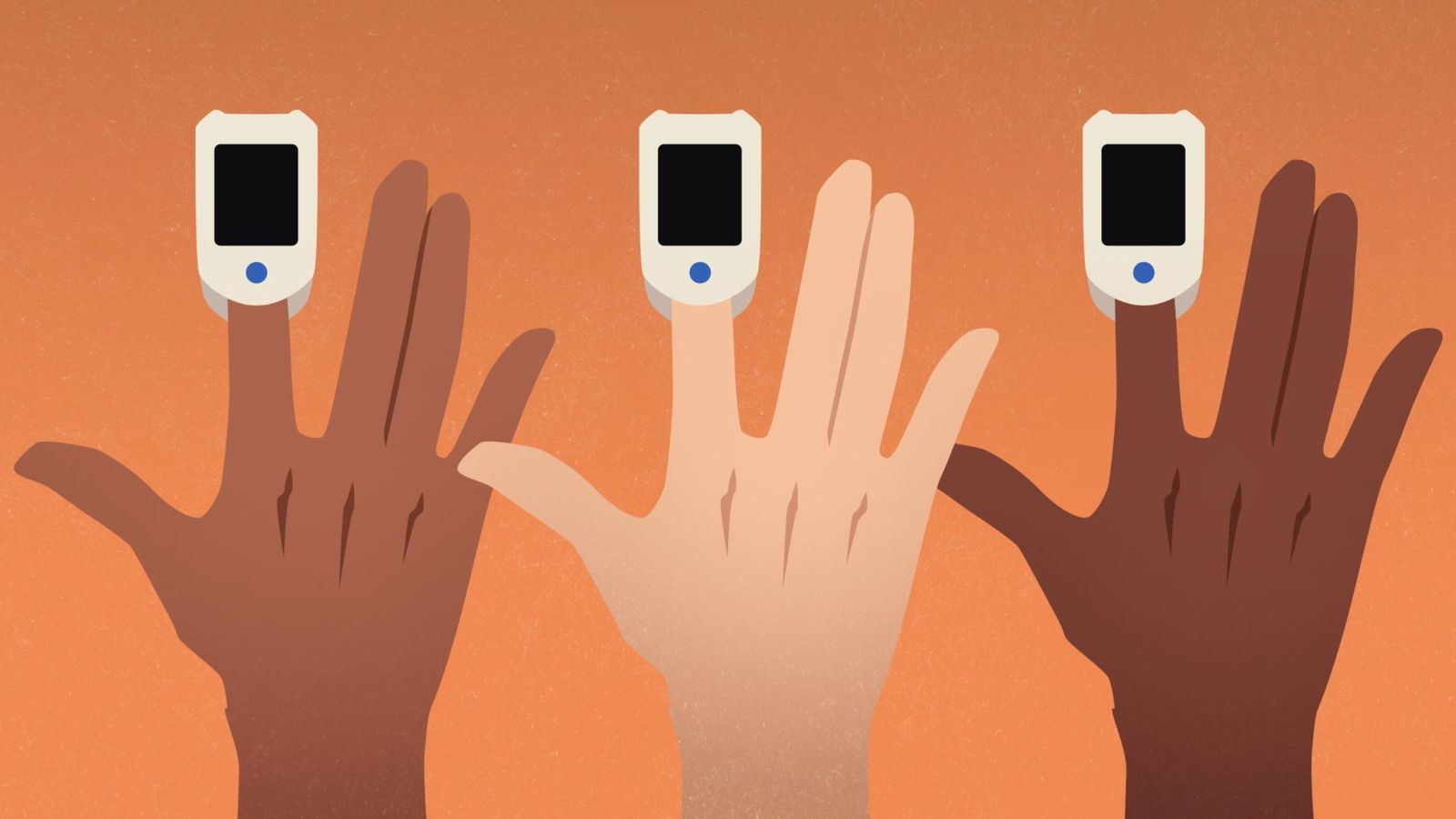By Alexa Bolin Santiago
As Dr. Aaron Kyle (Director of DEI and Professor of the Practice in Biomedical Engineering) so eloquently put:
Embracing Diversity, Equity, and Inclusion (DEI) is not some altruistic endeavor but should reflect an engineer’s commitment to continuous improvement. With diversity, we work with people and solve problems that represent our communities. We strive to have equitable access to and outcomes from our endeavors, ensuring that all may benefit. We are inclusive in showing appreciation for peoples’ differences and how variety can inform innovation. We should not shy away from DEI matters because they are (artificially) controversial. Instead, we should unrepentantly take on the challenges that arise in bringing these concerns into our fields. I am confident that applying DEI will make us better engineers.

As engineers, we should strive to include and celebrate different points of view in our problem solving. Not only does this often lead to better, more unique solutions, but it helps us create solutions that can be beneficial to all people. As has been revealed through study after study, people of color are at a higher risk to suffer from medical complications in the US healthcare system. A recent example of how engineering technology may have contributed to this statistic lies in the design of pulse oximeters. Oxygen therapy, which was very prevalent during the COVID pandemic, is regulated using pulse oximeters to measure the oxygen content of a patient’s blood. For context, these devices function by measuring the amount of light that passes through a patient’s finger. A study in 2020 found that black patients were about three times more likely to be under-oxygenated due to incorrect readings from the pulse oximeters as they were not designed to account for altered light absorption in patients of color.

Another example lies in the increased risk for females to die in car crashes over males. This is attributed to the lack of an accurate representation of the average female in crash tests. In the 90s, females were dying in low-impact collisions due to the lack of testing with dummies other than the average male dummy. Even with better representations of the average female existing today, federal regulatory agencies do not require that female dummies be included in testing. Essentially, people’s lives are at risk due to these oversights by predominantly white, male engineers in the field. This is why diversity in engineering is important! We need to create environments where students from all backgrounds can be inspired to contribute to ideation and fix these injustices, which is what this mural seeks to be a reminder of.
The video below was created by Keena Gao and Rachel Yu and edited by Leon Li. It seeks to showcase the wisdom and experiences of Pratt professors from different backgrounds who advocate for this cause in the classroom as well as their community. Thanks for watching!


